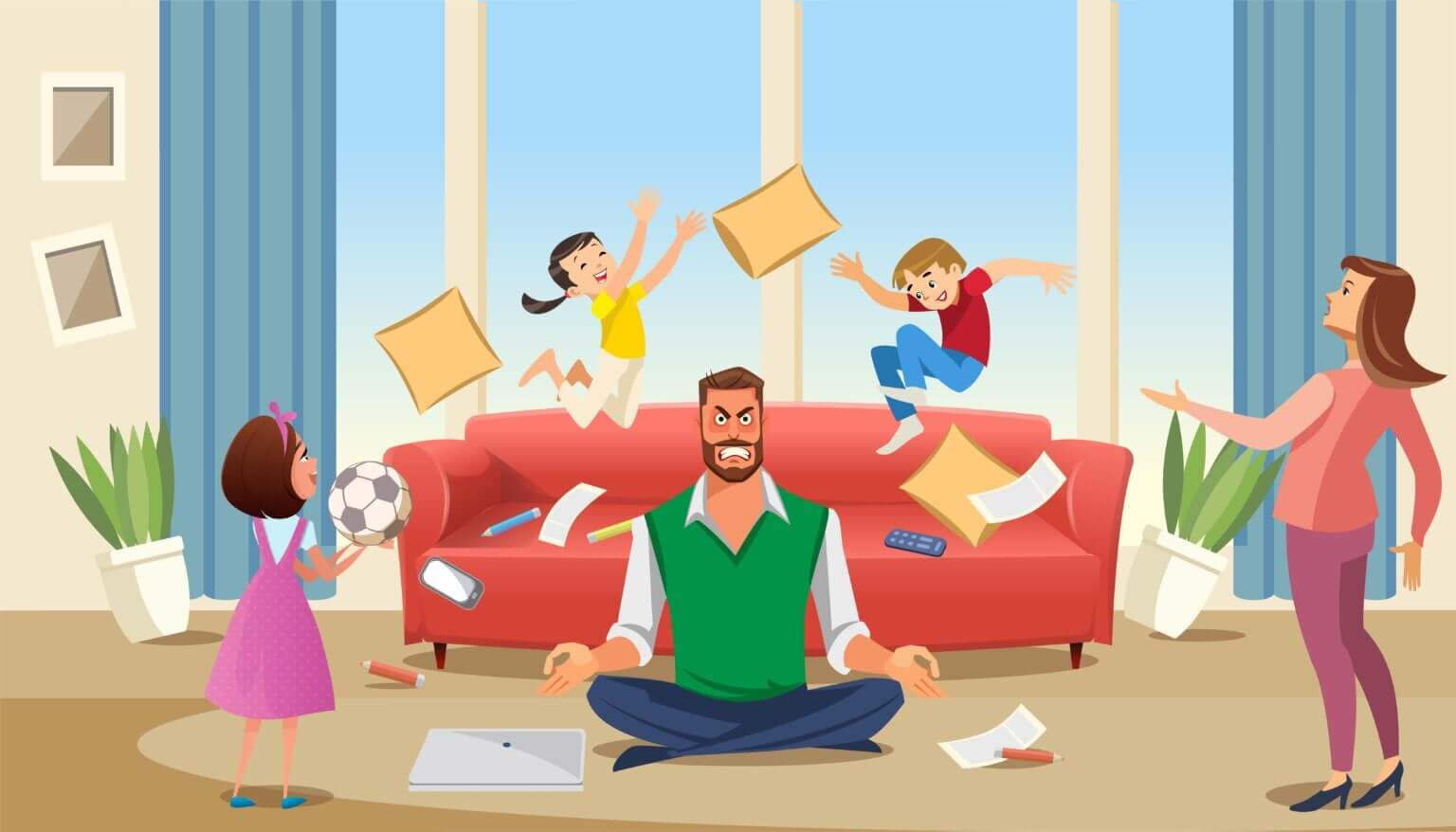What Is Active Patience?

In times of uncertainty and constant change, active patience is more important than ever, although it’s something we should always keep in mind. For this reason, we need to adopt it within our own routines.
When faced with a difficult situation with children, remaining calm is always a priority. Therefore, before falling into unhelpful attitudes, such as constant criticism or intolerance, it’s wise to stop, think, reflect, and analyze our behavior.
Active patience
We can consider active patience as the opposite of passive patience. In this second case, elements such as conformity and resignation prevail. That is, we accept what comes and resign ourselves to it, this being a rather negative and undesirable attitude.
Meanwhile, with active patience, a proactive and strong attitude is always maintained. That’s to say, the person who exercises it wraps their waiting with a layer of confidence, positivity, and good understanding.
Therefore, when facing any activity, active patience is essential. There’s no point in doing an exercise routine, for example, eating well, or practicing crafts to “kill time” while waiting for an event if your attitude isn’t the right one. In other words, everything is worse without that positive, proactive layer that makes us patient in a largely reliable sense.

To address this topic, we’ll rely on the theories of Daniel Pareja Rivas, who’s a teacher and author of the book Yo amo, tú amas, él ama (“I love, you love, he loves”). In this book, he speaks at length about patience in today’s world.
The keys to active patience
Keeping calm throughout tense waiting processes is always very important. Otherwise, besides resignation, anxiety, and suffering can also appear.
It happens a lot with children who, when they want something very badly, they want it immediately. In the same way, sometimes parents lose their temper when their children don’t perform an activity well or are slow in learning something, such as riding a bicycle or even walking.
Self-control
A first key to consider in practicing active patience is maintaining self-control. It’s not a matter of jumping up and down or not; it requires staying calm and feeling calm, without excesses.
Short-term patience
Short-term patience must be managed wisely. Therefore, it’s good to make an effort every day, especially in the family environment and, above all, if you have children. Reducing impulsiveness improves human relationships.
Long-term patience
Once the first impulse has been controlled, it’s time to work on long-term patience. It’s essential to apply it in complex situations, such as a problematic pregnancy.
All members of the family, especially the mother, of course, must remain calm, restrain impulsivity, and not fall into adversity and despair. Everything comes to an end and there’s light at the end of the tunnel, despite the difficult moments when everything seems dark and without a solution.

Daily activity, one of the keys to active patience
An important detail is to break with the current daily activity, as it tends to be very focused on the immediacy of the results, which doesn’t help to develop patience properly.
This need for short-term results and the immediacy in which we live today causes waiting times to be perceived as something negative and counterproductive.
It’s said that the world of “one click away”, thanks to new technologies, causes us to live in a reality in which it’s difficult to say no, thinking with high short-termism and inability to wait. We need to avoid this.
Hope
Active patience also requires hope. For this, it’s important to teach children and adults the need to love and value moments of waiting.
It’s necessary for everyone to enjoy the journey until they reach the goal, with hope and without resignation and conformity for not having reached it yet. The prize will be the whole journey, not just the result.
So, if you need hope to keep your patience active, look around you. People who struggle every day to get ahead, in all ages, countries and social classes, offer interesting lessons.
Take advantage of every opportunity life gives you to practice active patience. Sooner or later, you’ll see your world changing, improving, and becoming more comfortable, calmer, and fairer.
